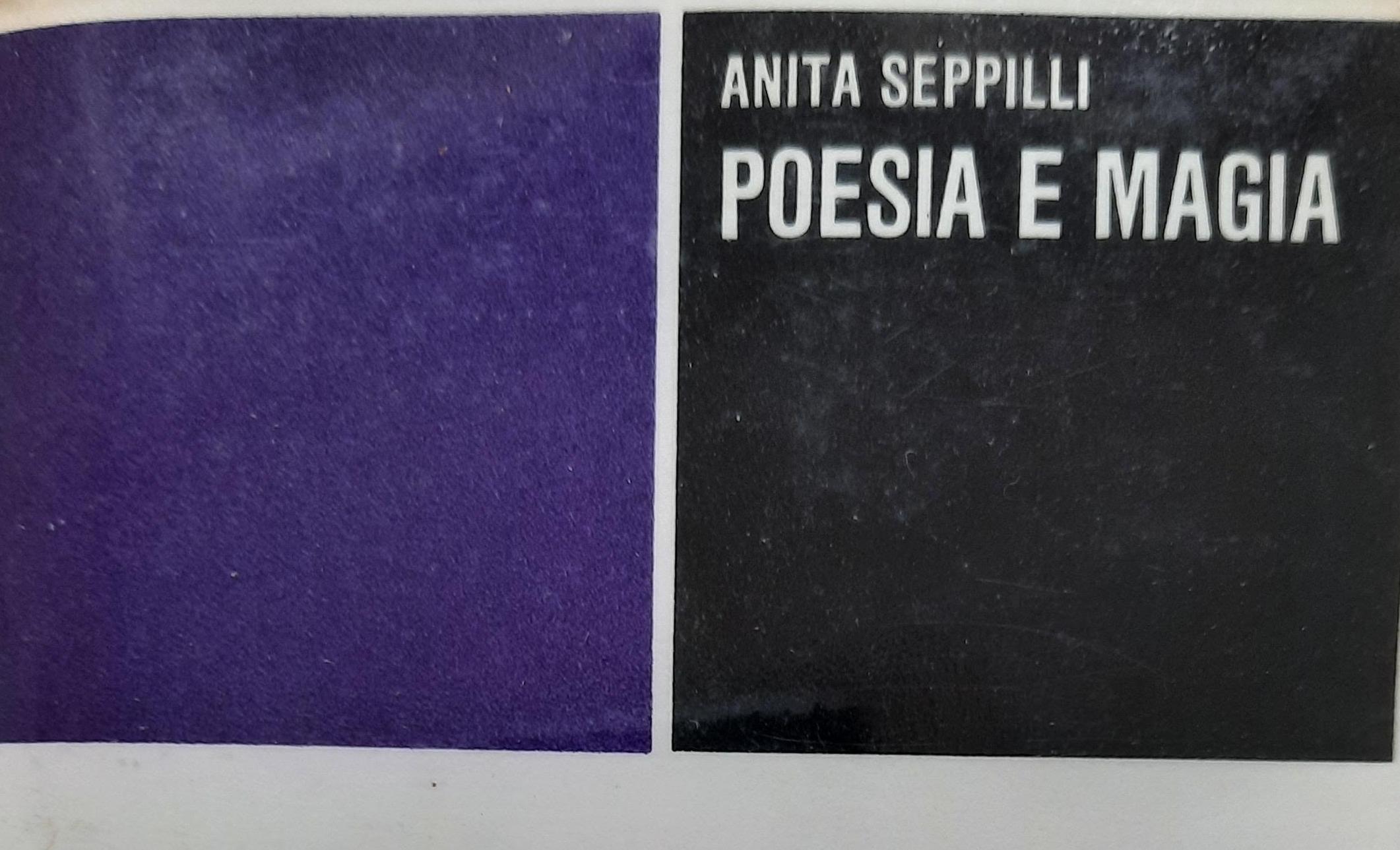
With impressive scholarship, Anita Seppilli explored the relationship of poetry and magic in her classic text Poesia e magia. She argued that magic is a means of communicating with and influencing a ‘super-reality’ felt to exist beyond our normal perception of, or rational apprehension of, the world. Through inspiration certain individuals – shamans, prophets and seers – can interpret the enigmas of dreams or see into the future. Sacred rituals, mysteries and initiations can bring order to the universe, give shape to human life, and bring about the rebirth of the year and healing to the sick in body and mind. Above all they can provide reassurance in the face of death.
The creative thought processes that shape emotional experience through language that we now think of as poetic were an intrinsic part of this magical world-view, often bound up with dance, invocation and song. Words conjure things into existence by naming them, and the use of metaphors and metonyms – substituting one thing for another or the part for the whole – is similar to the use of charms or magical spells to give protection (or cause harm through cursing) or obtain influence through sympathy and similarity. Therefore, poetry evolved out of magic, or in a certain sense magic declined into poetry, as it became slowly separated from ritual and belief to linger on as folklore and tradition. What was gained was a richly nuanced means of individual expression through symbolic language, and what was lost was a collective investment in vital and unifying stories (or myths). Seppilli discovered archaic traces of lost magical rites in the great epics of ancient Greece, Homer’s Iliad and Odyssey, and elucidated them by comparison with indigenous cultures, such as the myths of the Aboriginal peoples of Australia, that still retain an active belief in magic.
This exhibition explores the themes of Poetry & Magic, as analysed by Anita Seppilli, in the context of today’s London and through the works of four contemporary artists: Stephen Chambers RA, Marcelle Hanselaar, Junko Theresa Mikuriya and Ana Maria Pacheco. The paintings by Chambers exhibited here are respectful interpretations of enigmatic and prophetic prints by William Blake. In Hanselaar’s etchings of Rebel Women of the Apocrypha we encounter powerful and magical female figures like Lilith, Sheba and the Witch of Endor. Mikuriya’s surrealist-inspired photographs, created especially for this show, pursued William Blake through the streets of London. Finally, Pacheco’s haunting drypoints draw on her Brazilian culture and mythical imagery to evoke dark moods and events.
The Italian anthropologist Ernesto De Martino began his Il mondo magico by stating that ‘we must begin our exploration by testing the supposedly self-evident claim that magical powers are non-existent’. Do you believe in magic?
